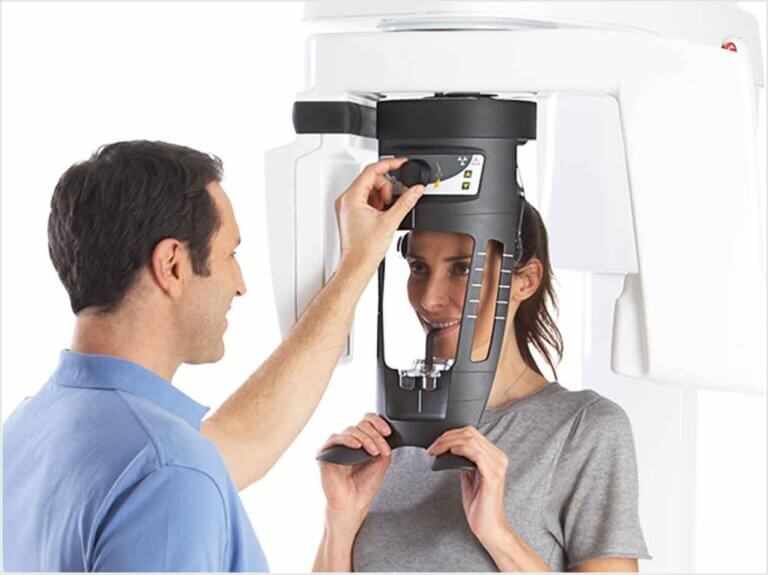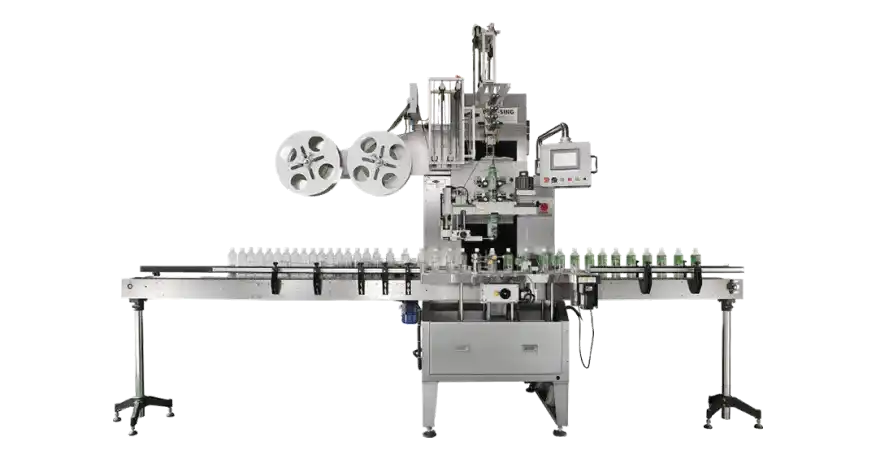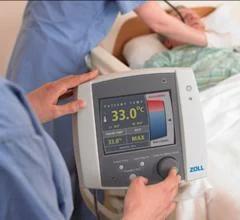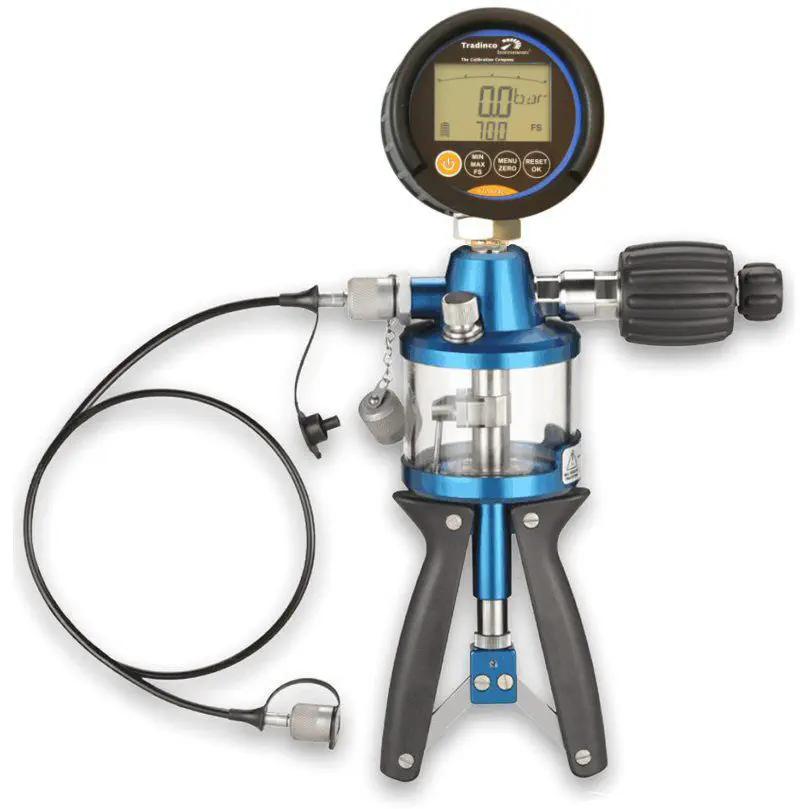
The global Patient Throughput and Capacity Management Market size is predicted to reach USD 1.69 trillion by 2030 with a CAGR of 4.9% from 2025-2030. In 2025, the healthcare industry is undergoing a transformative shift, driven by the pressing need to optimize patient throughput and capacity management. As hospitals and clinics grapple with increasing patient volumes, staffing shortages, and the demand for enhanced patient experiences, innovative solutions are reshaping how healthcare facilities operate. From advanced technologies to cloud-based platforms, the patient flow management solutions market is at the forefront of this evolution, enabling healthcare providers to streamline operations and deliver care more efficiently. This article explores the latest trends, technologies, and strategies revolutionizing patient throughput in 2025, drawing on recent developments in the healthcare sector.
Download FREE Sample: https://www.nextmsc.com/patient-throughput-and-capacity-management-market-3205/request-sample
The Growing Importance of Patient Throughput
Patient throughput, the process of managing the flow of patients from admission to discharge, is a critical component of healthcare delivery. Efficient throughput ensures that patients receive timely care, hospital resources are utilized effectively, and operational bottlenecks are minimized. With the global rise in chronic diseases and an aging population, healthcare facilities are experiencing unprecedented patient volumes. This surge has amplified the need for systems that reduce wait times, optimize bed utilization, and improve overall operational efficiency.
Recent advancements highlight the urgency of addressing these challenges. Hospitals are under pressure to do more with fewer resources, making patient flow optimization indispensable. The integration of digital tools and real-time data analytics is enabling healthcare providers to tackle overcrowding, improve staff coordination, and enhance patient satisfaction.
Technological Innovations Driving Change
One of the most significant trends in 2025 is the adoption of cloud-based and web-based platforms for patient flow management. These platforms provide real-time data access, enabling healthcare providers to monitor patient movement, bed availability, and staff allocation dynamically. By leveraging cloud technology, hospitals can scale their operations efficiently, ensuring seamless collaboration across departments. For instance, real-time location systems (RTLS) and Internet of Things (IoT)-enabled devices are automating data collection on medical equipment usage and patient interactions, enhancing workflow and reducing delays.
Artificial intelligence (AI) and machine learning are also playing a pivotal role. AI-powered tools analyze historical and real-time data to predict patient admission rates, identify potential bottlenecks, and recommend optimal resource allocation. These predictive capabilities allow hospitals to proactively manage capacity, ensuring that beds and staff are available when needed. For example, AI-driven scheduling systems can optimize operating room utilization, reducing patient wait times and improving throughput.
Interoperability is another key focus. Standards like HL7 FHIR (Fast Healthcare Interoperability Resources) are facilitating seamless data exchange across disparate systems, enabling hospitals to integrate patient flow solutions with electronic health records (EHRs). This connectivity ensures that healthcare providers have a holistic view of patient data, streamlining decision-making and improving care coordination.
Inquire Before Buying: https://www.nextmsc.com/patient-throughput-and-capacity-management-market-3205/inquire-before-buying
The Role of Real-Time Analytics
Real-time analytics is transforming how hospitals manage capacity. By providing actionable insights into patient flow, these tools help administrators identify inefficiencies and implement immediate solutions. For instance, dashboards that display bed occupancy rates, patient wait times, and staff availability enable quick decision-making. Hospitals are using these insights to reduce overcrowding, prioritize high-acuity patients, and streamline discharge processes.
In 2025, the emphasis on real-time analytics is evident in the growing adoption of patient tracking software. These systems monitor patient movement throughout the facility, from emergency departments to inpatient units, ensuring that bottlenecks are addressed promptly. By integrating with wearable devices and telehealth platforms, these solutions also support remote patient management, reducing the strain on physical infrastructure.
Addressing Staffing Shortages
Staffing shortages remain a significant challenge for healthcare facilities in 2025. Efficient patient throughput requires adequate staffing levels, but many hospitals are struggling to maintain sufficient personnel. To address this, capacity management solutions are incorporating workforce optimization tools. These tools use data analytics to predict staffing needs based on patient volumes, allowing hospitals to allocate resources effectively. For example, predictive models can forecast peak admission times, enabling administrators to schedule additional staff during high-demand periods.
Additionally, patient flow solutions are reducing the administrative burden on healthcare staff. Automated systems for bed management, discharge planning, and patient transfers free up clinicians to focus on direct patient care. This not only improves throughput but also enhances staff satisfaction, reducing burnout and turnover.
Patient-Centric Approaches
The shift toward patient-centric care is a driving force in the patient throughput market. Modern healthcare facilities are prioritizing patient comfort, safety, and accessibility. Efficient capacity management contributes to a therapeutic environment by reducing wait times and ensuring that patients receive timely care. For instance, patient engagement solutions, such as mobile apps and telehealth platforms, empower patients to manage their appointments and communicate with providers, reducing unnecessary hospital visits and easing capacity constraints.
Moreover, the integration of patient flow systems with digital health monitoring devices is enabling hospitals to track patient progress remotely. This is particularly beneficial for post-acute care, where patients can be monitored at home, freeing up hospital beds for those requiring immediate attention. The rise of hospital-at-home programs is a testament to this trend, as healthcare providers seek to decentralize care while maintaining high standards.
Regional Leadership and Market Growth
North America continues to lead the patient flow management solutions market in 2025, driven by its advanced healthcare infrastructure and significant investments in IT. The region’s adoption of cloud-based platforms and interoperable systems has set a benchmark for others. However, other regions, particularly Asia-Pacific, are experiencing rapid growth due to increasing healthcare expenditures and the rising prevalence of chronic diseases. These regions are investing heavily in digital infrastructure to support patient throughput solutions, indicating a global shift toward technology-driven healthcare.
Challenges and Opportunities
Despite the advancements, challenges remain. The complexity of integrating new systems with existing infrastructure can hinder adoption, particularly in under-resourced facilities. Additionally, the need for user education is critical, as healthcare providers and patients must adapt to new technologies. However, these challenges present opportunities for innovation. Companies are developing intuitive, user-friendly platforms to ensure broader accessibility, while training programs are being implemented to support staff adoption.
The growing demand for operational efficiency and patient satisfaction is also creating opportunities for market players. As healthcare facilities seek to differentiate themselves, those that invest in advanced patient flow solutions are likely to gain a competitive edge. Partnerships between technology providers and healthcare systems are fostering innovation, with a focus on developing predictive and proactive tools.
Conclusion
In 2025, the patient throughput and capacity management market is undergoing a revolution, driven by technological advancements and a commitment to patient-centric care. Cloud-based platforms, AI, and real-time analytics are empowering healthcare facilities to optimize operations, reduce wait times, and enhance patient experiences. While challenges like staffing shortages and system integration persist, the opportunities for innovation are immense. As hospitals continue to embrace digital transformation, patient flow management solutions will remain at the forefront of creating efficient, accessible, and high-quality healthcare systems. The future of healthcare lies in leveraging these tools to ensure that every patient receives timely care, and every bed counts.




















Write a comment ...